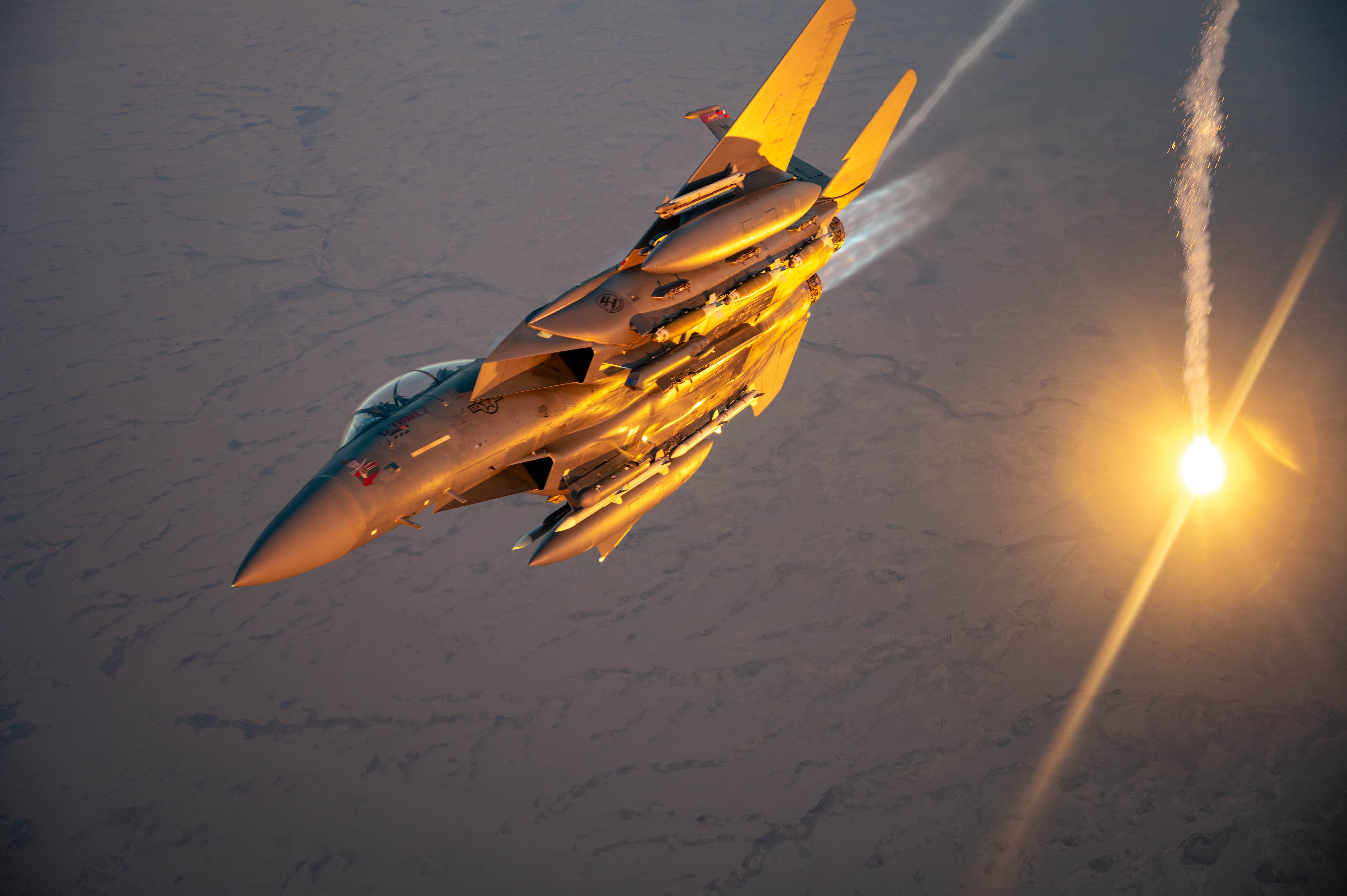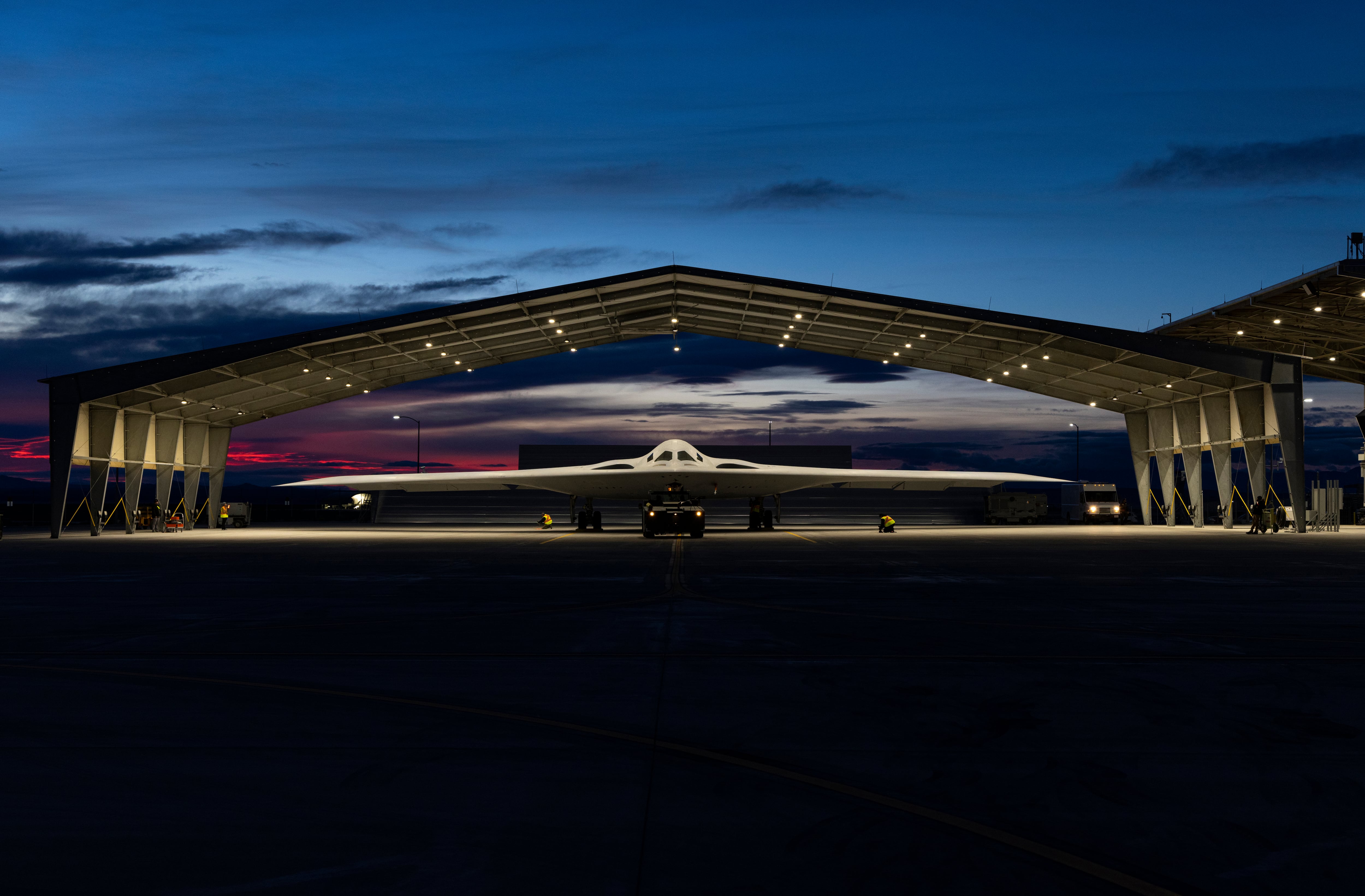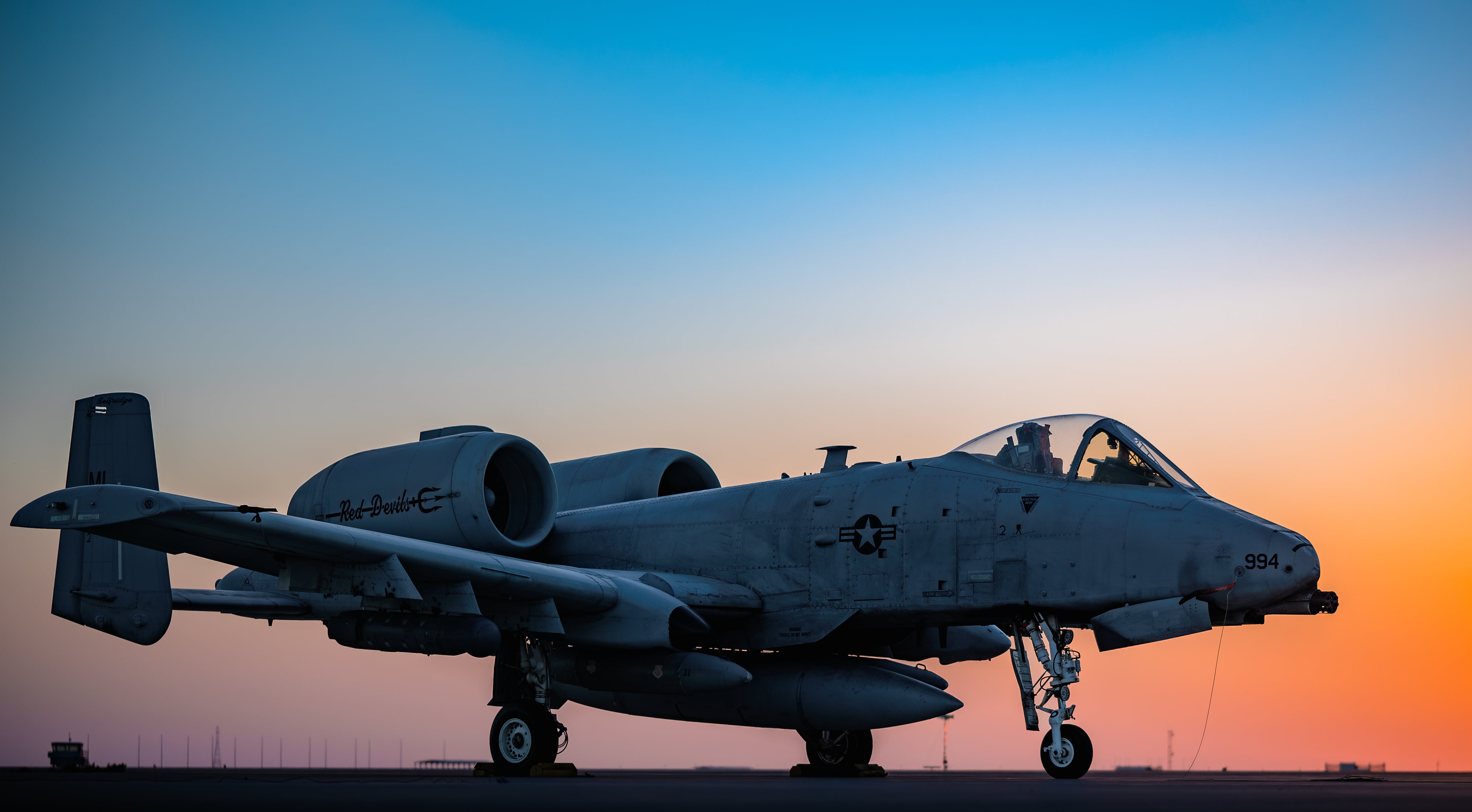The Air Force wants to retire its final 162 A-10 Warthog attack jets in fiscal 2026, as part of a plan to divest 340 total aircraft.
The Pentagon also plans to cancel the E-7 Wedgetail program over what an official said were “significant delays” and cost increases.
The service released its list of planned aircraft retirements as the Pentagon released its belated 2026 budget plan, which calls for a $211 billion discretionary budget for the Department of the Air Force. That includes a $184.9 billion discretionary budget for the U.S. Air Force itself, and a $26.1 billion discretionary budget for the Space Force.
The Pentagon also wants to add another $38.6 billion in “mandatory” spending as part of the budget reconciliation bill, which would include $24.7 billion for the Air Force and $13.8 billion for the Space Force. If that passes, the department would receive $249.5 billion in total funding, which would be a 17.2% increase over enacted spending in 2025.
But if the reconciliation bill does not pass, and the administration’s request is enacted unchanged, the Space Force would see an 8.7% cut in spending from 2025, while the Air Force’s spending would be virtually flat from the $184.1 billion enacted in 2025.
If Congress grants the Air Force all of its requested retirements, it would be the biggest aircraft retirement in years.
The service said earlier this year that, in response to Defense Secretary Pete Hegseth’s order to cut and reallocate about 8% of defense spending, it planned to accelerate its plans to retire old and outdated aircraft.
The plan to completely shutter the A-10 program would be a dramatic acceleration of the service’s previous timeline, which would have retired all Warthogs by the end of this decade. And while lawmakers have in recent years acquiesced to Air Force requests to retire some Warthogs — after years of bitter disagreements between the service and Capitol Hill over the future utility of the jet — it remains far from clear whether Congress has the appetite to mothball all of the attack jets.
In addition to the A-10s, the Air Force wants to retire 62 F-16Cs and Ds, 21 F-15Es, 13 F-15Cs and Ds, 14 C-130H Hercules cargo planes, and 3 EC-130H Compass Call electronic warfare planes.

The service’s retirement list also includes 14 KC-135 Stratotankers, 11 HH-60G combat rescue helicopters, 35 T-1 Texan trainers, 4 UH-1N helicopters and a B-1 Lancer.
But the proposed retirement list does not include Block 20 F-22A Raptors, roughly 32 of which the Air Force has tried to retire in recent years over concerns that they are not combat-capable. Congress has repeatedly blocked those efforts.
E-7 on ice
In a June 26 briefing with reporters, an Air Force official said the cost of an E-7 airborne battle management aircraft had grown from $588 million to $724 million, helping prompt its cancellation. The official said the department had concerns over whether it would survive in a contested environment.
Instead, the Pentagon is looking for ways to accomplish the mission that would have been done by the Wedgetail with space-based assets, and adding more Northrop E-2D Hawkeye aircraft.
This would be a major shift for the Air Force, which is retiring its aging E-3 Sentry airborne warning and control, or AWACS, aircraft and has for years seen the E-7 as the best successor.
The budget would also call for $10.3 billion in spending for the B-21 Raider, the Northrop Grumman-made stealth bomber that will be capable of carrying nuclear weapons, and $4.2 billion for the LGM-35A Sentinel intercontinental ballistic missile, which will replace the aging Minuteman III. Northrop is also building a Sentinel.
Procurement funding for the B-21 would grow from $1.9 billion in 2025 to $2.6 billion in 2026, plus another $2.1 billion in reconciliation spending. If all spending is enacted by Congress, that would more than double the procurement budget for the Raider.

The budget calls for $3.1 billion to keep procuring the F-15EX Eagle II, which the Air Force had previously considered winding down after 2025. The Pentagon next year wants to buy 21 of the Boeing-made jets, which are an updated version of the fourth-generation F-15E, up from 18 in 2025.
The military plans to sharply cut its purchase of F-35 Joint Strike Fighters to 47 across the Air Force, Navy and Marine Corps in 2026. That would be down from 74 in 2025.
For the Air Force, the F-35A procurement would be cut nearly in half, from 44 tails in 2025 to 24 next year. Air Force spending on the Lockheed Martin-made jet would drop from $4.5 billion this year to $3.6 billion in 2026.
This would mean the Air Force would get 45 new fighters in 2026, which is below the benchmark of 72 annual fighter procurements the service says is necessary to modernize its fleet.
The Pentagon said money that would have been spent on procuring more F-35s will instead go to sustainment of the jets, and ensuring it has a strong enough supply base to support all the needed operations and maintenance. The Pentagon also wants to dedicate money to ensuring the jets’ Block 4 upgrades will stay on track.
The Air Force’s budget also includes $807 million in funding for its drone wingmen program, called Collaborative Combat Aircraft, which it hopes will accelerate development of platforms and autonomy.
The service is also requesting a $73.2 billion discretionary budget and a $4.5 billion mandatory — or reconciliation bill — budget for operations and maintenance, $44.3 billion in discretionary spending and about $200 million in mandatory spending for personnel. The research development, test and evaluation budget would total $46.4 billion, including $36.2 billion in discretionary spending and $10.2 billion in mandatory spending.
The F-47 fighter, also known as Next Generation Air Dominance, would see its R&D budget increase from $2.4 billion in 2025 to nearly $2.6 billion in 2026. If another $900 million in spending requested as part of the reconciliation bill passes, that would bring the Boeing-made F-47’s budget to almost $3.5 billion.
The service’s total procurement budget request would reach $36.2 billion, or $26.5 billion in discretionary spending and $9.7 billion in reconciliation bill spending.
With reconciliation spending included, the Air Force’s procurement budget would include $24.8 billion for aircraft, $6.1 billion for missiles and $784 million for ammunition.
The Air Force wants to buy 14 Boeing-made T-7A Red Hawk trainer aircraft for $362 million in 2026. But there would be no new funding for the E-7 airborne battle management aircraft, also made by Boeing, amid a disagreement between the service and top Pentagon leadership over whether space-based target tracking would be better than an airborne platform.
The proposed budget would restore $387 million in funding for Lockheed’s hypersonic AGM-183A Air-launched Rapid Response Weapon. This could resurrect a program that once seemed doomed after several failed tests in recent years.
Procurement spending on the GBU-57 Massive Ordnance Penetrator, or MOP — which was used for the first time last weekend to strike multiple Iranian nuclear sites — would be slightly lower in 2026. The Air Force has nearly $8.6 million budgeted for the MOP in 2025, which would drop to $6.8 million in 2026.
Stephen Losey is the air warfare reporter for Defense News. He previously covered leadership and personnel issues at Air Force Times, and the Pentagon, special operations and air warfare at Military.com. He has traveled to the Middle East to cover U.S. Air Force operations.





